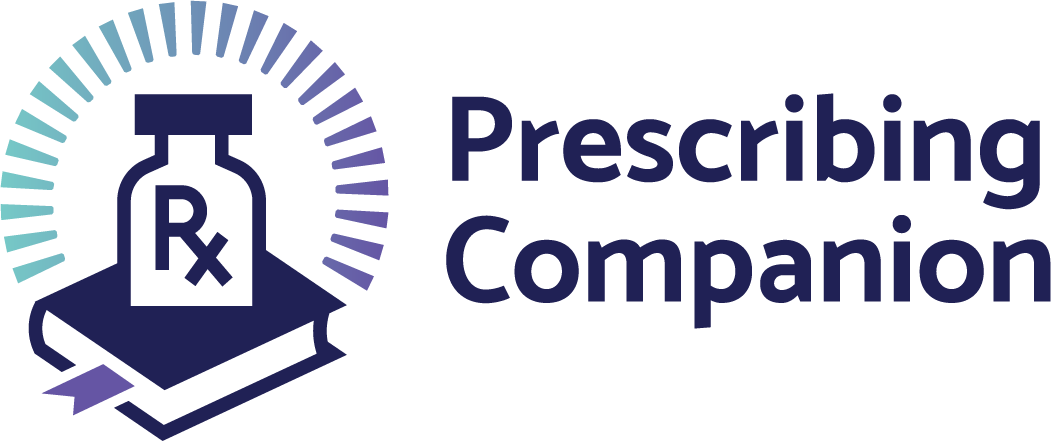Acute Pyelonephritis
exp date isn't null, but text field is
This is a bacterial infection of the kidney and renal pelvis, often bilateral. Escherichia coli is the commonest bacteria isolated, others include Klebsiella sp, Proteus mirabilis, Enterobacter, also Enterococcus and Staphylococcus aureus.
Clinical Features Pyelonephritis is especially common in girls or pregnant women and after bladder catheterization or instrumentation. It is not common in men who are free from urinary tract abnormalities.
Typically, the onset is rapid and characterised by chills, fever, loin pains, nausea, and vomiting. Symptoms of lower urinary tract infection, including frequency, dysuria occur concomitantly in a third of patients. Physical examination reviews some abdominal rigidity especially in the loin of the infected side. In children, symptoms often are slight and less characteristic.
DiagnosisDiagnosis is made by urinalysis, microscopy, culture and sensitivity. On urinalysis, the pH may be alkaline because of the urea-splitting organism, proteinuria is minimal. White blood cells (WBC) greater than 10/ ml are usually found in fresh uncentrifuged urine, and haematuria is common. Culture usually shows greater than 7 04 colony forming units (CFU)/ ML. On microscopy, presence of microscopic casts, WBC greater than 70/ ml are usually found per High Power Field (HPF).
Complications These include chronic pyelonephritis, chronic renal failure.
TreatmentInitial treatment can be oral for those less ill but will be parenteral for most patients. After 24 to 48 hours without fever, most patients receiving I.V therapy can be switched to oral regimes.
In uncomplicated cases a single agent may be used:
- Amoxycillin tablets 250mg - 500mg 8 hourly for Adults
- Ciprofloxacin tablet 500mg - 1gm 12 hourly Adult for 14 days.
- Cefotaxime 1g 12 hourly for 14 days
- Ceftriaxone I.V. 1gm once daily for 14 days
- Most treatments are used for 2 weeks, but up to 6 weeks may be required to prevent relapse.
